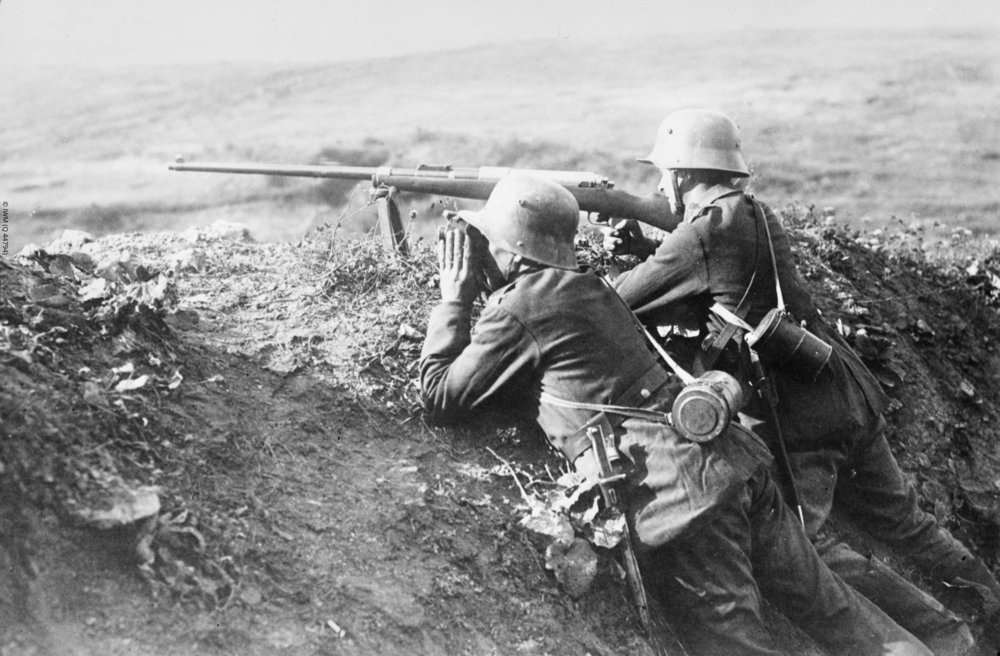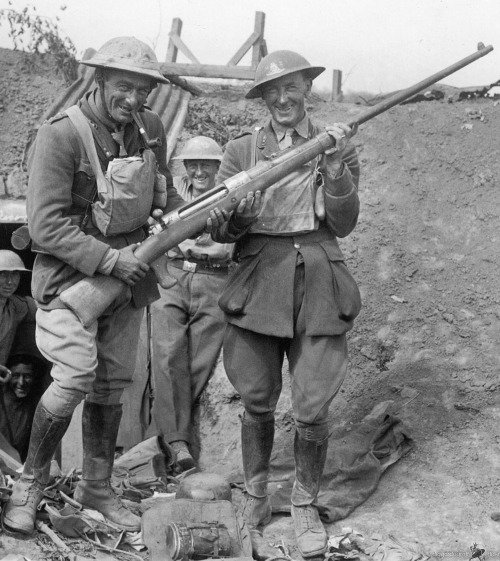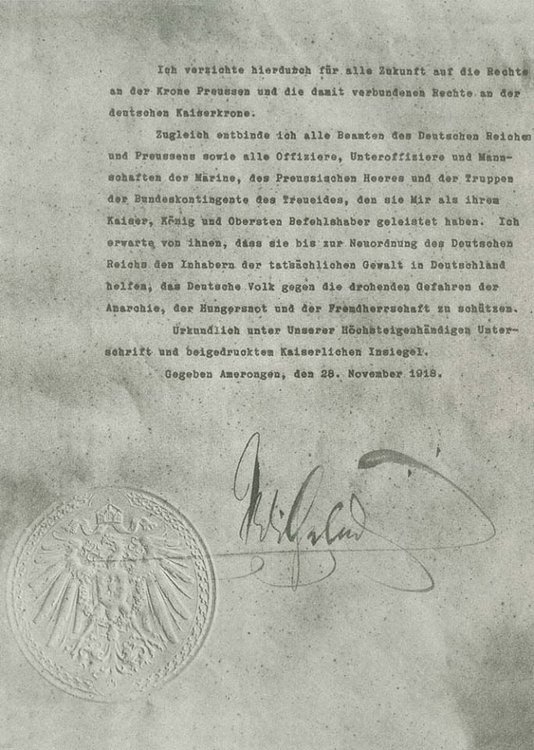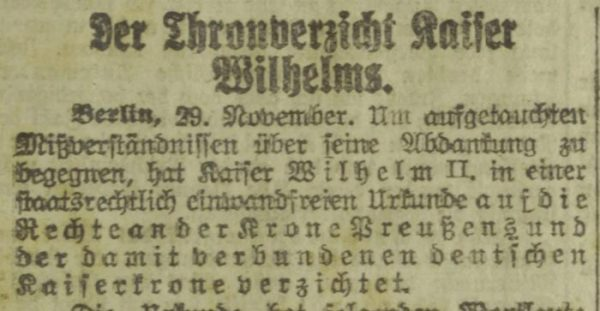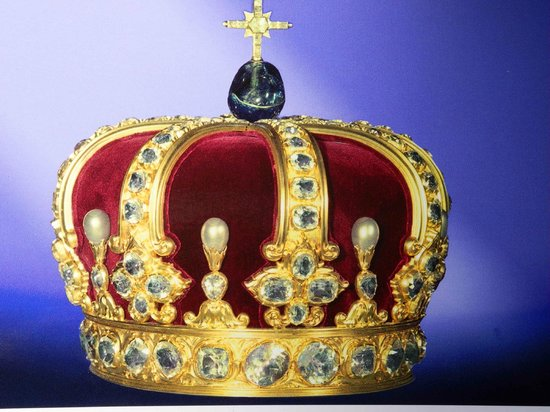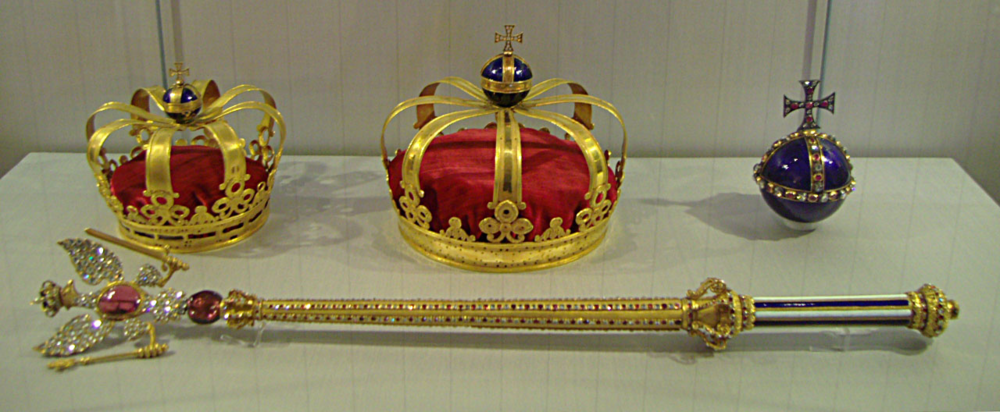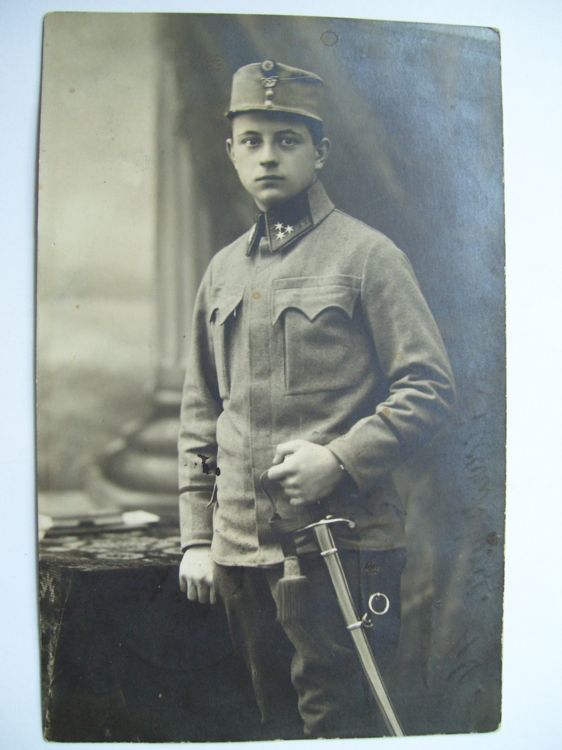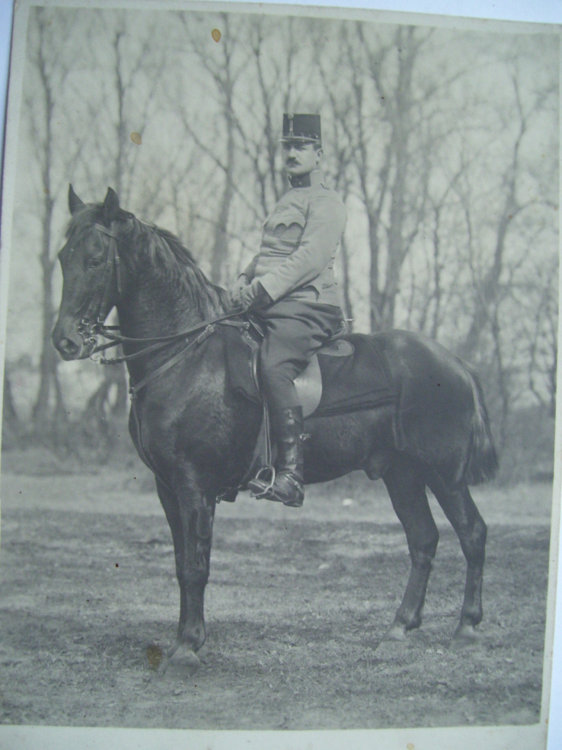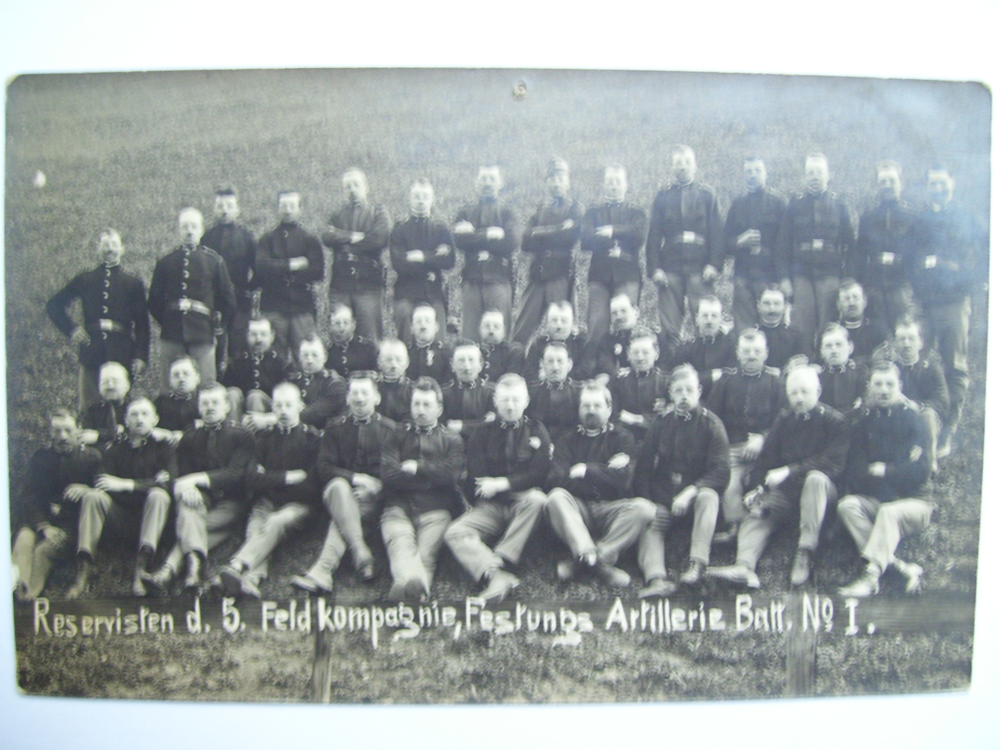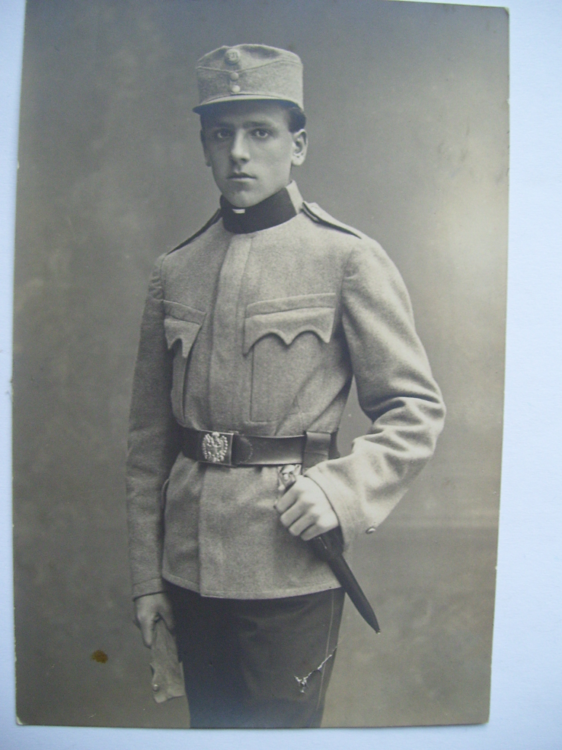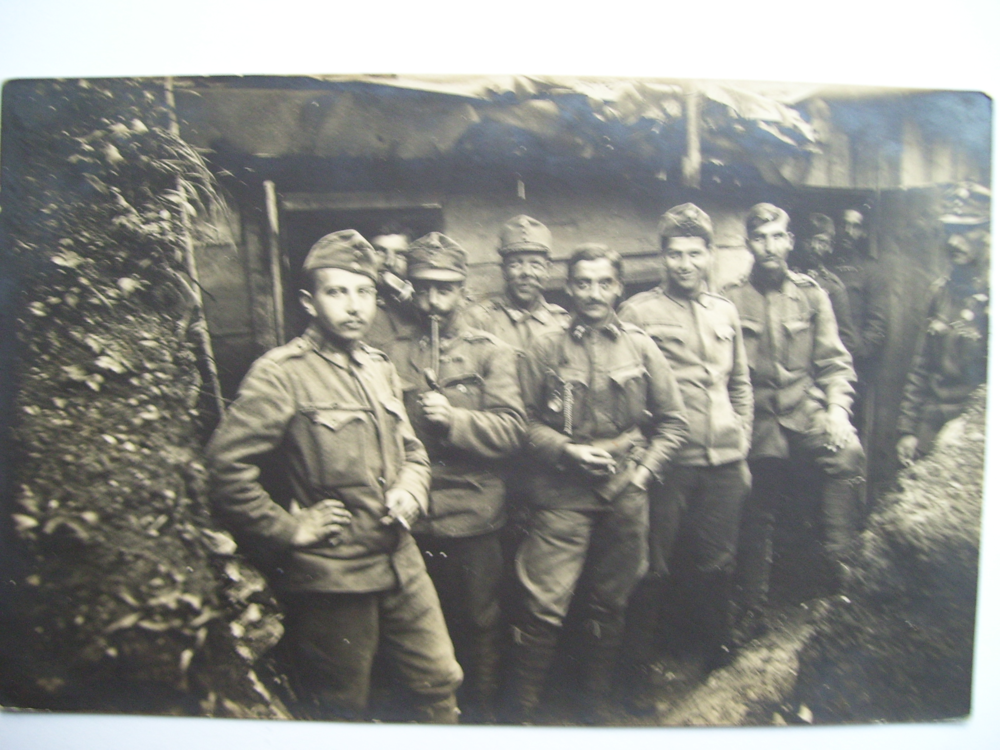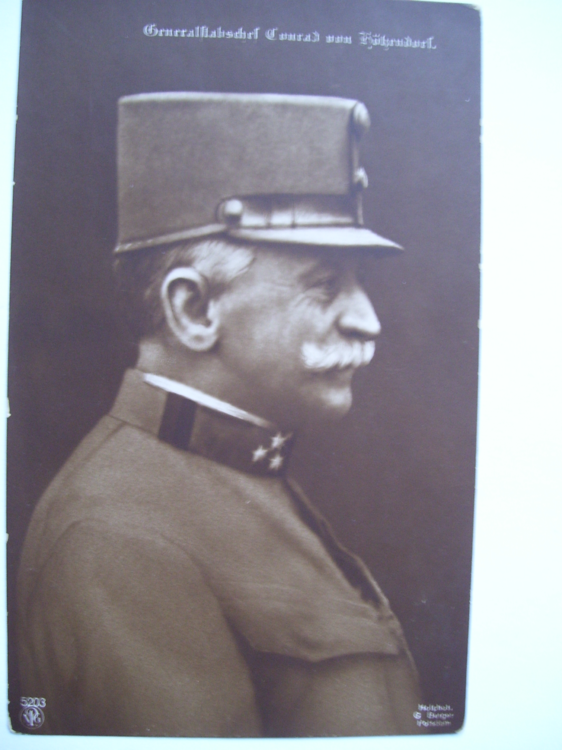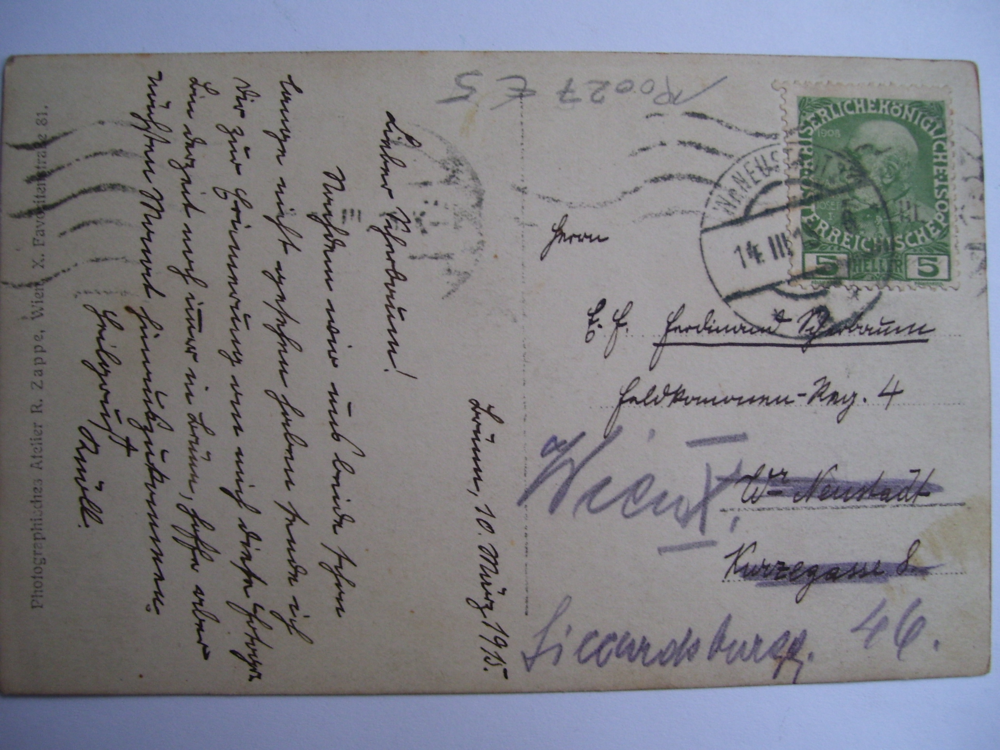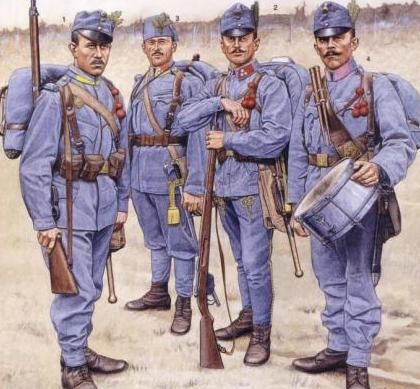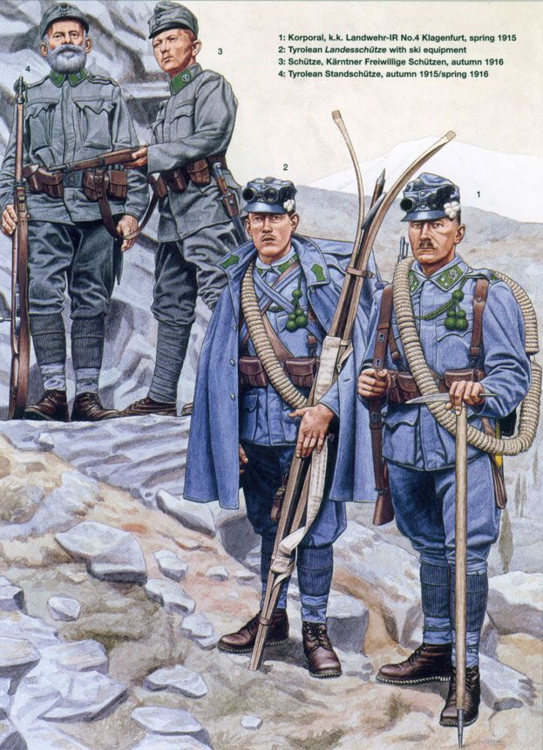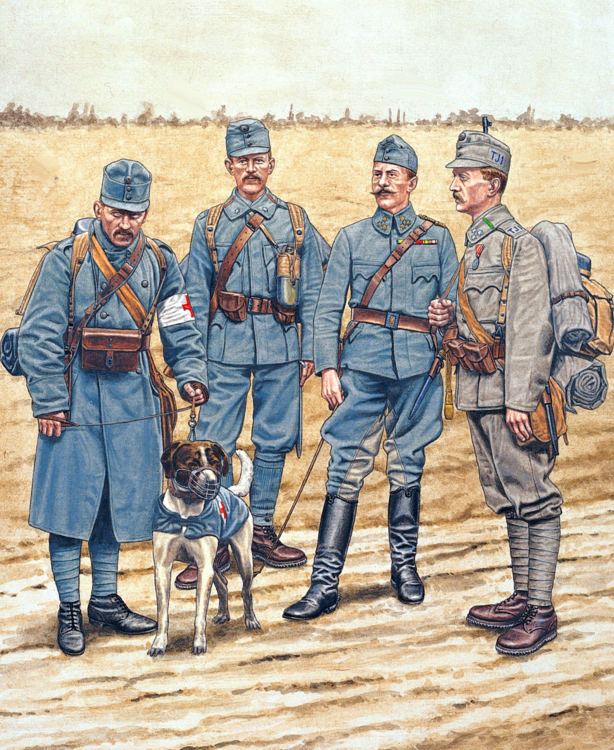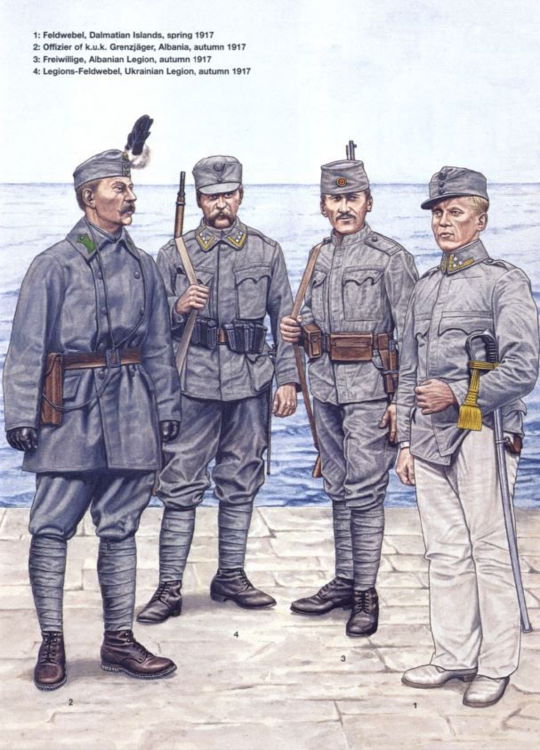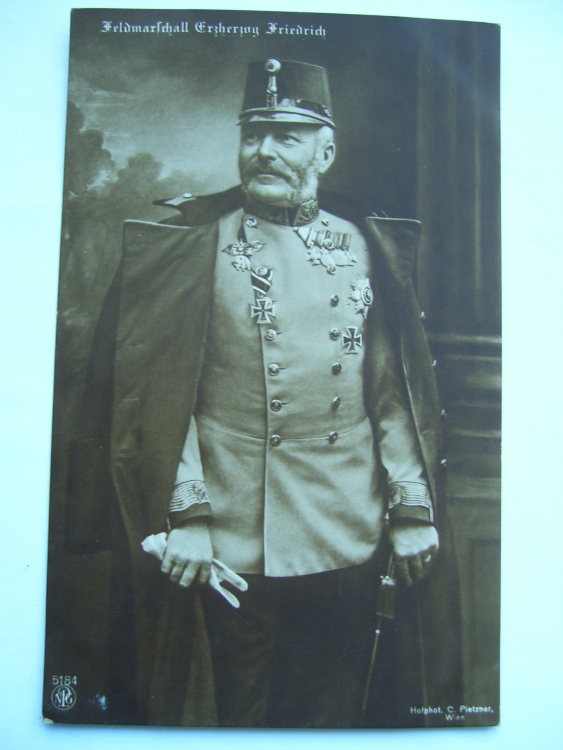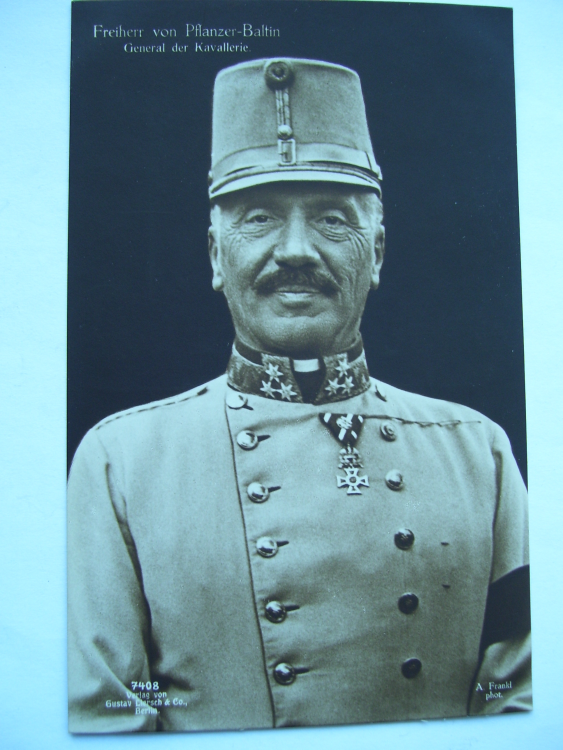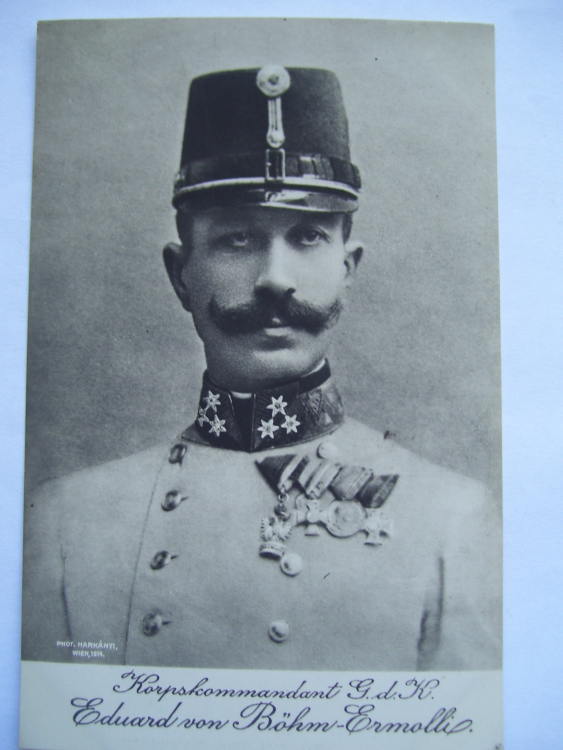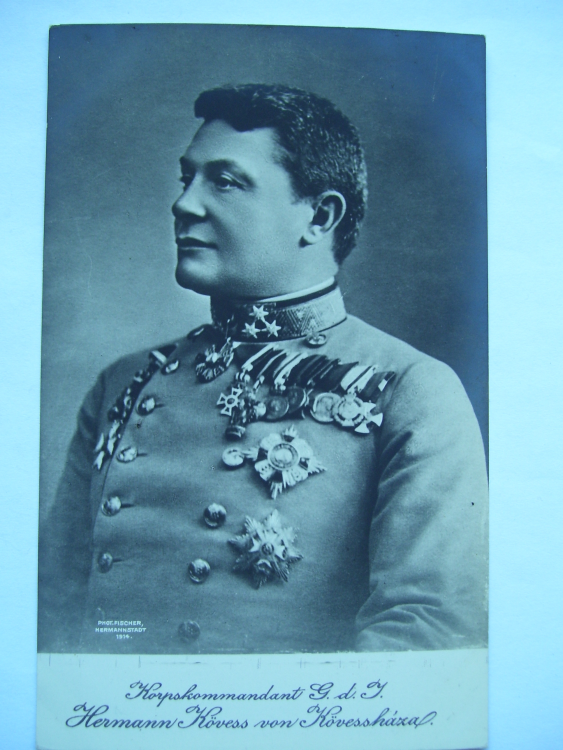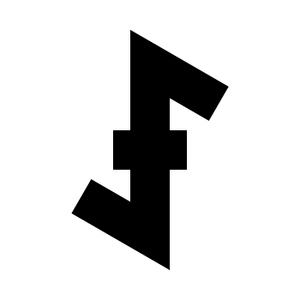Leaderboard
Popular Content
Showing content with the highest reputation on 04/12/19 in all areas
-
2 points
-
2 points
-
I bet he was not happy writing that, hopefully he had some good schnapps to help.2 points
-
In WW1 the Germans were taken by surprise by the arrival of the tank, and were for a short time at a loss on how to take them out efficiently, artillery could do the trick, however since Germany virtually had no tanks of her own, if these could be disabled or the crews taken out, then they could be used for her forces, or as scrap metal for the war effort. The Germans were using the 7.92 "K" bullets which were armor piercing for a while to penetrate static armor plates for snipers and early tanks, but as the allies increased the armor thickness of the tanks this bullet was no longer effective against the tanks. So another solution was needed, the Mauser Company responded with the 13.2mm Tank Gewehr and began mass production at Oberndorf am Neckar in May 1918. Now at this point in history the Germans were not using the word "Panzer" for tanks, they simply used the allies name. The rifle itself was single shot bolt action rifle similar to the G98 model in action, just scaled up tremendously with some modifications such as 4 locking lugs on the bolt. The stock was fitted with a pistol grip as the rifle could not be fired in the manner of the smaller caliber rifles, simply due to the size. The rifle also had a detachable bipod, which helped stabilize the gun for firing. The bipod was traversable and could go in a complete circle. Early models of the bipod were tubular in nature, however most encountered today are the type used on the Mg 08/15, this modification simplified production as well. The gun had iron sights that went out to 500 meters, and was typically operated by a 2 man team, a gunner and the ammo carrier/spotter. The rifle had no sling attachments or a sling in general, it was simply carried over the shoulder in some fashion to were it did not wear out the shooter too much, but was mainly meant to be static. The rifle was 169.1 cm long and weighed 18.5 kg with the bipod, so it was not easy to get around. Roughly, about 16,000 were made during the war. The gun fired an armor-piercing hardened steel cored 13.2 x 92mm (.525-inch) semi-rimmed cartridge, often simply called "13 mm". This gun was a stop gap measure, as this round was originally planned for a new, heavy Maxim MG.18 water-cooled machine gun, the Tank und Flieger (TuF) meaning for use against "tank and aircraft", which was under development and to be fielded in 1919. The rounds weighed 51.5 g (795 gm) with an initial velocity of 785 m/s (2,580 ft/s). The ammo could penetrate 22 mm of armor plate at 100 meters. This particular rifle is dated 1918, serial number 868, all matching parts. The barrel and parts of the receiver have the remains of white speckled paint which was used to help conceal the weapon as it was captured in a pillbox and brought back to the US by a member of company "L", 23rd Engineer Regiment. The 23rd Engineers began arriving in France of November 1917 and participated in the Saint Mihiel and the Meuse-Argonne offensives. This unit was also heavily involved in the post war clean up, involving repair and recovery of weapons, gear and equipment, and left in mid 1919. The rifle had the stock cut in two to facilitate ease of shipment home then was reassembled. Also included are some contemporary photos of the gun, the last one shows it mounted in a sponson of a tank.1 point
-
1 point
-
The picture of the canteen with cover and full harness is from my collection.1 point
-
The "UCI" marks are from a California costume company, now long closed. Many WWI era French, German, British items were sold off and are found in collections all over the world. All items are marked "UCI" United Costume Inc.1 point
-
The shoulder loops (Laschen) for the Bluse were authorized in 1917. These loops do appear on Blusen dated 1916. It is unknown how this would happen other than these loops would have been added to unissued tunics on hand in the Bekleidungsämter.1 point
-
Most veterans of the Waffen-SS had a hard time for the rest of their lives, the last survivors are still being hounded down and dragged off to court, and contrary to Wehrmachts soldiers, they got no pension or any form of compensation.1 point
-
The deed of Abdication of Kaiser Wilhelm II. at the end of November 1918. On the 9. November on the advice of Hindenburg and Ludendorff, he had left the headquarters in Spa with his personal train in the direction of the Netherlands border at Amerongen. Unknown where this important state document is held today. It is still the basis of the present polical state in the centre of Europe. The question of the monarchy in central Europe has never been resolved to this day. Text: I herewith renounce for all Future the Rights to the Crown of Prussia, and the joint rights to the German Imperial Crown. At the same time, I release all Dignitaries, Officers, Non-Commissioned Officers and Other Ranks of the Navy, the Prussian Army, and all Troops of the Federal Contingents of their Oath of Allegiance, which they swore to me as Kaiser, King and Highest Commander. I expect All, until a new order of the German Empire is resolved, to aid the Accomplished Holders of Power in Germany, to protect the German People against the threatening Dangers of Anarchy, Famine and Foreign Domination. Documented under Our Own Highest Signature and impressed with Our Own Imperial Seal. Given at Amerongen, the 28th November 1918 W i l h e l m1 point
-
No way, he hesitated till the end of November, first he agreed to abdicate as Emperor Germany, but was unwilling to abdicate as King of Prussia. However, the Throne was still open to his heirs, Crown Prince Wilhelm, and his heirs. The family has to this day never relenquished the rights to the Throne. However, WW2 changed many things, and the House of Hohenzollern lost all it's lands in the East, including Königsberg and East Prussia, which were the Jewels in the Crown. The present heir is Prinz Georg Friedrich. He recently lost a court case against the Federal Republic of Germany for the return reposession of former rights and for the return of works of art and estates worth millions. The new Crown of 1889 The Crown jewels of 1701 Georg Friedrich Prinz von Preußen, present heir to the Throne1 point
-
Anything with "SS" on it, immediately makes me suspicious. Today it seems that almost everything SS is fake, as most of it was destroyed after the war, or hidden away for fear of war crimes.1 point
-
Yes I agree Fritz, seems everything is getting harder to find. Third Reich coins, especially the silver ones are getting expensive and the notes are not cheap either.1 point
-
Rare to find as a "set" and in this condition, otherwise a lot of them around in used to very used condition. The 3rd Reich period coins are now getting rare and expensive. On one side is a very small letter, which stands for the mint, where it was produced, this along with the year and condition makes the value higher. A = Berlin, J = Hamburg, etc. Good notes are also very hard to find.1 point
-
1 point
-
I would love to have an Austrian uniform for the collection, however I have never seen one for sale. I have seen the Kepi's every so often, but the WW1 woolen uniforms seem to be drying up.1 point
-
1 point
-
1 point
-
1 point
-
The last German banknotes are Allied Occupation Authorities (West)1 point
-
1 point
-
1 point
-
1 point
-
1 point
-
1 point
-
1 point
-
1 point
-
1 point
-
1 point
-
Thanks Fritz, I have some post WW1 German money, I will try and dig it out, will post pictures soon.1 point
-
1 point
-
Further item added, came straight from Austria 2 gilt buttons with Imperial Eagle These photopostcards also arrived: A senior n.c.o. with sabre and knot, apparently from a Jäger unit, as seen by the bugle underneath the cap cockade. Postcard has been franked Wr.Neustadt, 14.III.1915 and written, wrong address, or person/unit has moved, has been re-directed from Wiener-Neustadt to Wien by the k.u.k. post, sent from Brünn to Ferdinand Scherbrunn (?) of Feldkanonen-Reg.4 to an address in Wien. An officer on horseback, possibly Infantry. He is wearing the Kommodekappe. Three stars on the collar could be an Oberleutnant. The Egalisierungsfarbe on the collar patches could show which regiment he belonged to. Artillery Reservists as seen in the description. The Artillery wore brown tunics with red facings. The trousers were lichtblau or steingrau. Photo presumably of a private of an infantry regiment in walking out dress, the tunic is the early hechtgrau type, worn here with the black long trousers of the peacetime uniform. The bayonet has nickel fittings, presumably his own property, here without a knot. Early brass belt buckle and cap cockade (Rose) with FJI monogram. Wartime rear area photo. The men in the picture have a mixture of peaked and peakless field caps (Feldkappe). Later pattern fieldgrey uniform with turndown collar, breeches with puttees. Feldmarschall Erzherzog Friedrich Maria Albrecht Wilhelm Karl von Österreich-Ungarn, Herzog von Teschen, Oberbefehlshaber des k.u.k. Heeres ab August 1914 General der Kavallerie Freiherr von Pflanzer-Baltin Generalstabschef Conrad von Hötzendorf, who was an artillery general Korpskommandant, General der Kavallerie Eduard von Böhm-Ermolli Korpskommandant, General der Infanterie Hermann Kövess von Kövessháza Austro-Hungarian uniform impressions1 point
-
1 point





